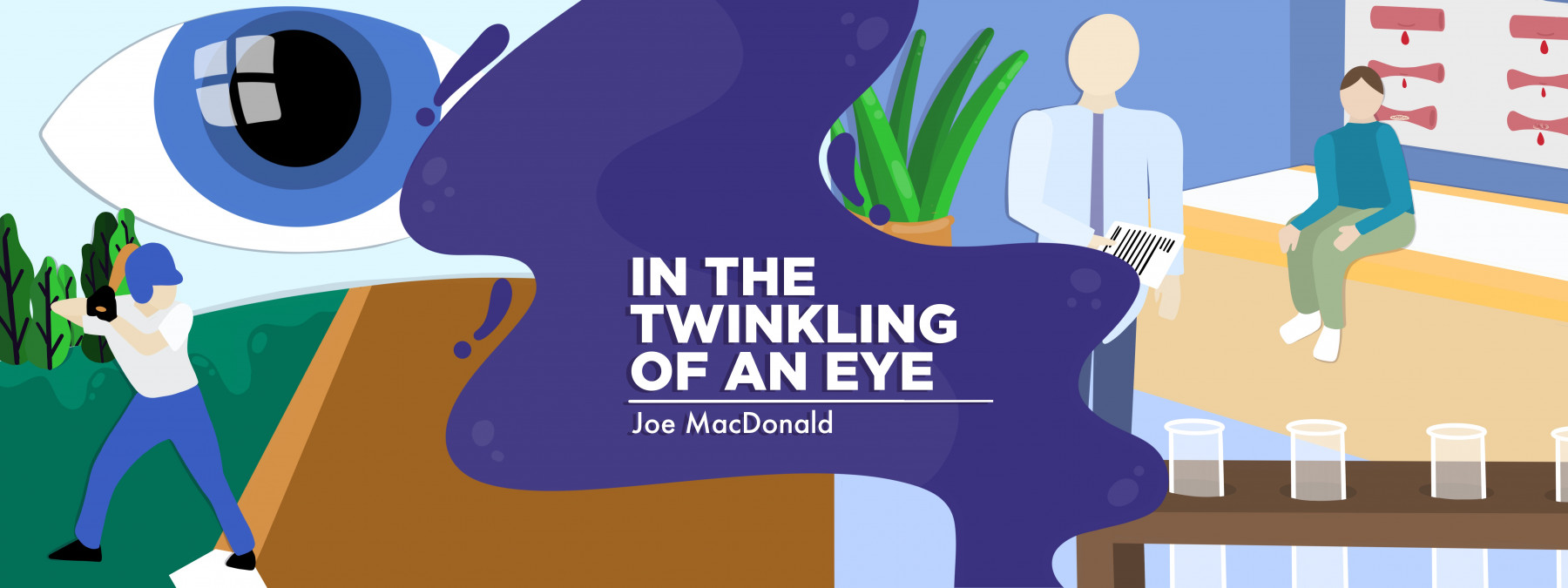Lessons learned from jigsaw puzzles help me conquer hemophilia
Patience, strategy allow columnist Joe MacDonald to treat his sons effectively

I love assembling jigsaw puzzles. There’s a sense of satisfaction as the individual pieces come together to form a beautiful picture, and the essence of creation feels empowering.
My thoughts turn to the many times when wrestling with my sons’ hemophilia felt eerily similar to working on a jigsaw puzzle. While sorting the pieces into similar colors or shapes, working on one section at a time, and having patience, we keep the bigger picture in mind — just like we do when dealing with a bleeding disorder.
Make a plan
The very first thing I do when starting a puzzle — before taking pieces out of the bag — is examine the picture to get a good idea of what colors or shapes need to remain together. Similarly, before infusing or injecting clotting agents, one must form a plan by choosing which materials (types of needles, syringes, gauze, and Band-Aids) to use when treating.
Organization plays a vital role in both activities. With a puzzle, a good strategy makes the creation process enjoyable. When treating a bleeding disorder, preparing for infusions helps diminish anxiety about accessing a vein or injecting medicine subcutaneously. As I gather everything I’ll need, I relax and listen to my breathing. Forming a plan helps me feel less stressed and ready to begin the task at hand.
One step at a time
While working on both puzzles and hemophilia treatment, I only attempt to work on one section at a time. Paying attention to only a small part of the whole helps me not to feel inundated by the entire process.
It’s easy to feel overwhelmed by all the steps involved in infusing or injecting medication. I stress out when I consider that I, a pastor with little knowledge of medical procedures, am sticking a needle into my son’s body. Not only am I performing a very intrusive action, but I must succeed; my son’s life depends on it. I feel the stress even as I write this paragraph!
The easiest way to combat my fear is to concentrate on the next thing I must do. When I prepare to infuse, I know that part of my job is to help my son calm down. When I show stress, my son will react and tense up. I can deflate the situation and help my son find a place of peace.
Take a tailored approach
Currently, I’m working on a puzzle of the Grand Canyon. It has 1,000 pieces and a limited number of colors to sort. The image is spectacular, taken right at the moment when daylight gives way to night. Stars light the sky and dark shadows intertwine with the canyon. It’s one of the most difficult puzzles I’ve ever attempted. It’s easy for frustration to raise its ugly head as I work on the beautifully tricky masterpiece.
Like puzzles, each person with hemophilia is different and requires a unique approach. My sons are living examples of this. My oldest, Julian, had one port-a-cath, while my youngest, Caeleb, had eight. Julian has never had a joint bleed, while Caeleb has unfortunately suffered through numerous bleeding episodes and hospitalizations. While they share the same diagnosis, their disorders look different.
Patience must rule the day when meeting the demands of hemophilia. My sons react differently to different treatments, so we must pay attention to even the smallest pieces of their medical plans. Keeping my emotions in check allows me to focus on the bigger picture of my boys’ needs and create a road map. Compassion and understanding serve as my foundation in both treating my sons and piecing together a puzzle.
I take the puzzle pieces of an ever-changing bleeding disorder and attempt to craft a picture of grace and healing. I plan to create masterpieces in my sons’ lives.
Note: Hemophilia News Today is strictly a news and information website about the disease. It does not provide medical advice, diagnosis, or treatment. This content is not intended to be a substitute for professional medical advice, diagnosis, or treatment. Always seek the advice of your physician or another qualified health provider with any questions you may have regarding a medical condition. Never disregard professional medical advice or delay in seeking it because of something you have read on this website. The opinions expressed in this column are not those of Hemophilia News Today or its parent company, Bionews, and are intended to spark discussion about issues pertaining to hemophilia.








Leave a comment
Fill in the required fields to post. Your email address will not be published.